This article was medically reviewed by Luba Lee, FNP-BC, MS. Luba Lee, FNP-BC is a Board-Certified Family Nurse Practitioner (FNP) and educator in Tennessee with over a decade of clinical experience. Luba has certifications in Pediatric Advanced Life Support (PALS), Emergency Medicine, Advanced Cardiac Life Support (ACLS), Team Building, and Critical Care Nursing. She received her Master of Science in Nursing (MSN) from the University of Tennessee in 2006.
There are 9 references cited in this article, which can be found at the bottom of the page.
This article has been viewed 91,102 times.
Iodine is a critical element for thyroid, heart, liver, lung and immune function, so not getting enough can be dangerous. Symptoms of iodine deficiency can start with weight gain, feeling weak or tired, hair loss, constantly feeling cold, and memory problems.[1] Because iodine is not produced in the body, you must get iodine from your diet. However, iodine deficiency is very rare in developed countries, though slightly more common in pregnant women.[2] Fortunately, iodine deficiency is easy to treat, as long as it is diagnosed properly. You can try a preliminary test for yourself at home using the iodine patch test, but for a conclusive diagnosis, you will likely need to get a blood or urine test as well as an assessment from a doctor.
Steps
Testing Yourself with an Iodine Patch Test
-
1Purchase a tincture of iodine. If you don’t already have an iodine solution at home, you will need to purchase a tincture of iodine. These are available at most pharmacies and drug stores, as well as online.[3]
- While most iodine solutions have an orange tint, some are clear. Be sure to buy an orange solution so that it shows up on your skin.
- You may need to ask for it at the counter since iodine is sometimes kept behind the counter or in a glass case.
-
2Apply the iodine in a 2 in (5.1 cm) square on your forearm. Using a cotton swab, create a full square of iodine on your inner forearm. The square doesn’t need to be precise in terms of shape or dimensions, but it should be conspicuous.
- If you do not want to put the iodine on your forearm, you could also put it on your abdomen or inner thigh.
- Be sure to let the iodine dry for at least 20 minutes before covering it or letting it touch anything since it will stain.
Advertisement -
3Monitor the iodine for 24 hours to watch for any color fading. Check the patch every 3 or so hours to monitor how long it takes to disappear. If the patch is still fully visible after 24 hours, you likely don’t have a deficiency.
- If the patch disappears or fades significantly over 24 hours, you may have a minor to moderate iodine deficiency
- If the patch disappears in under 18 hours, you may have a moderate to severe iodine deficiency.
-
4See a doctor for diagnostic testing. The iodine patch test can help indicate if there may be a deficiency, but it’s far from a diagnostic test. If your patch test indicated that you may have a deficiency, see your doctor for a proper diagnostic test and management options.[4]
- Depending on the severity of your symptoms, you may want to consult with your doctor even if your test didn't indicate a deficiency.
- Especially if you notice you have an enlarged thyroid, it’s time to make an appointment with your doctor.
- Blood or urine tests for iodine are both more accurate.
Having a Blood Test Performed
-
1Make a doctor’s appointment. Your doctor is the one who can order an iodine blood test, so you will need to make an appointment with them. Typically, your doctor will order an iodine test in conjunction with other tests for things like thyroid hormone without you having to ask. If you think you have a need for an iodine test, though, ask your doctor.[5]
- Blood tests for iodine are the most accurate, but take longer to get the results.[6]
- Before the day of your test, talk to your doctor about any medications you are currently taking.
- Iodine blood tests typically don’t have a fasting requirement. Your doctor may order multiple tests for one appointment, though, so check with them to see if you need to fast prior to testing.
-
2Get your blood drawn. After your doctor has ordered the test, you will need to get your blood drawn. In some cases, a phlebotomist may come in and do that on the same day. In most cases, though, you will have to go to the lab at or associated with your doctor’s office to get your blood taken.
- For an iodine test by itself, you will generally only have one vacutainer tube taken.
-
3Discuss the results with your doctor in 5-7 days. It commonly takes about 5-7 days for the lab at your doctor’s office to process your test and complete your report. Your doctor should call you once they have your test results. Don’t hesitate to ask them any questions you may have regarding your test results once they are in.[7]
- If you do have lower iodine levels, your doctor may request a follow-up appointment to discuss treatment plans.
- Even if you get a blood test, you will still need the assessment of a doctor to determine if you actually have iodine deficiency.[8]
Getting an Iodine Urine Test
-
1Talk to your doctor about what sampling method to use. For the most accurate results, a full collection of all samples for 24 hours is recommended. However, this is often impractical, so your doctor may ask you to collect 6 random samples throughout the day or even use a single representative sample.[9]
-
2Get rid of your first urine excretion of the day. For most tests, you will not collect your first urine sample after you wake up. Go to the bathroom, and flush the sample the way you normally would.[10]
-
3Take the prescribed iodine. After you first pee in the morning, take the iodine tablets prescribed for the test. The tablet should come with directions from your doctor or the test manufacturer. Take the tablets specifically as directed.
-
4Collect your urine samples in the designated container. If you are collecting multiple samples, your doctor will provide you with a container. Collect your samples by urinating into the containers provided with the test kit as directed by your doctor. Your doctor will also provide you with information on how to store your samples safely until you drop them off for analysis.
- If you are collecting one sample, you may only need to pee in one cup. If you are collecting multiple samples, you will generally use sterile cups to collect the urine, then pour it into your collection container.
- If you are collecting samples for a 24 hour period, be sure to collect the first urine after you wake up the next day, too.
-
5Bring your samples to your doctor. Once you have finished collecting the necessary samples, bring your samples into your doctor’s office or send them off to the lab as directed. The lab will check the samples to see how much iodine you have excreted over the course of a day.[11]
- Most people excrete the majority of the iodine they take in during a day. If you have an iodine deficiency, though, you will absorb more. The lower the iodine in your urine, the more of a deficiency you have.[12]
-
6Discuss your results with your doctor. After your urine test has been processed, you will be able to go into your doctor's office to discuss your results. This could be a few days to a few weeks after you submit your test, depending on the specific test your doctor ordered and whether their office does in-house labs.
- Your doctor will be able to talk to you about your symptoms and how they relate to your results. If you do have an iodine deficiency, they can help you come up with a management plan.
- Even if you get a urine test, you will still need the assessment of a doctor to determine if you actually have iodine deficiency.[13]
Expert Q&A
-
QuestionHow do I get iodine in my body?
 Find BC DietitiansFind BC Dietitians is a central hub of qualified nutrition experts in British Columbia, Canada with a mission to connect people to a registered dietitian best suited for their needs. BC Dietitians offer online consultations and provide evidence-based care on a wide range of nutrition matters such as diabetes, weight management, food allergies, eating disorders, and intuitive eating.
Find BC DietitiansFind BC Dietitians is a central hub of qualified nutrition experts in British Columbia, Canada with a mission to connect people to a registered dietitian best suited for their needs. BC Dietitians offer online consultations and provide evidence-based care on a wide range of nutrition matters such as diabetes, weight management, food allergies, eating disorders, and intuitive eating.
Registered Dietitians Group Seaweed and fish are the highest naturally occurring sources of iodine. Other food sources include dairy products, eggs, and table salt (table salt is iodized in first world countries).
Seaweed and fish are the highest naturally occurring sources of iodine. Other food sources include dairy products, eggs, and table salt (table salt is iodized in first world countries).
References
- ↑ https://www.thyroidfoundation.org.au/Iodine-Deficiency
- ↑ https://www.thyroid.org/iodine-deficiency/
- ↑ https://www.medicines.org.uk/emc/files/pil.4871.pdf
- ↑ https://www.healthdirect.gov.au/iodine-deficiency#diagnosed
- ↑ https://www.merckmanuals.com/home/disorders-of-nutrition/minerals/iodine-deficiency
- ↑ https://emedicine.medscape.com/article/122714-workup#c2
- ↑ https://www.nhs.uk/conditions/blood-tests/#after-the-test
- ↑ https://www.thyroid.org/iodine-deficiency/
- ↑ https://www.ncbi.nlm.nih.gov/pmc/articles/PMC3637997/
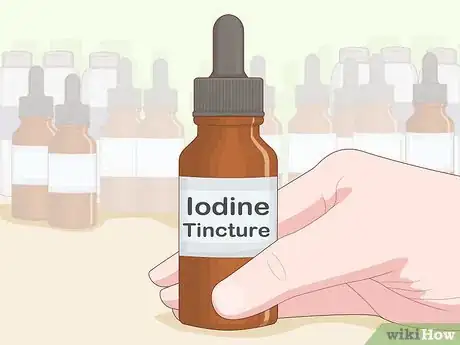
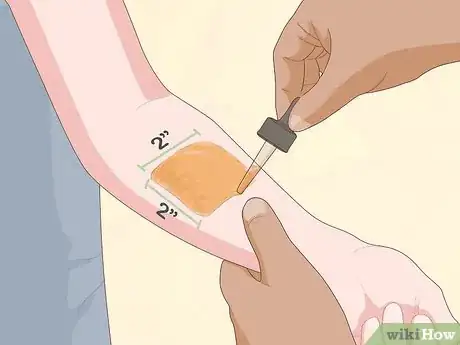
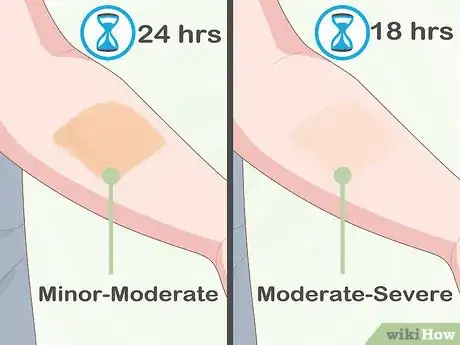



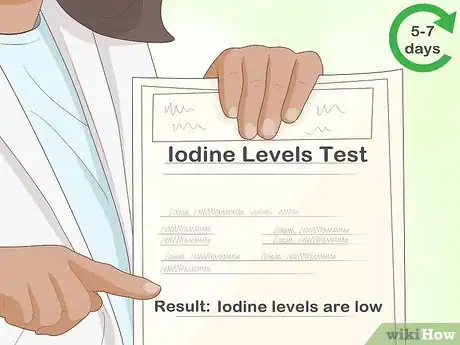
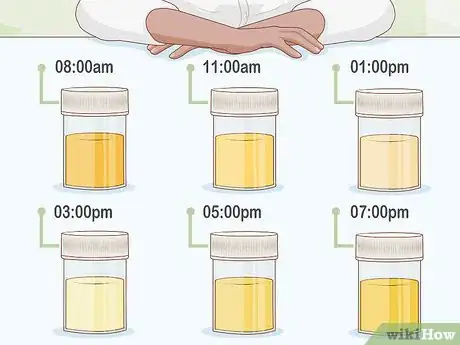
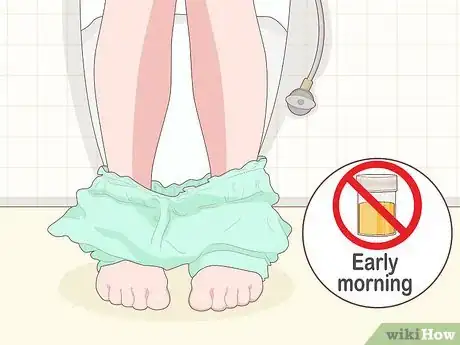
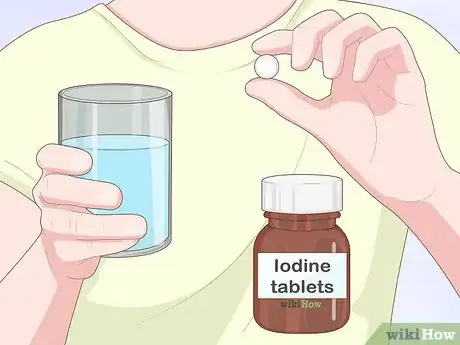

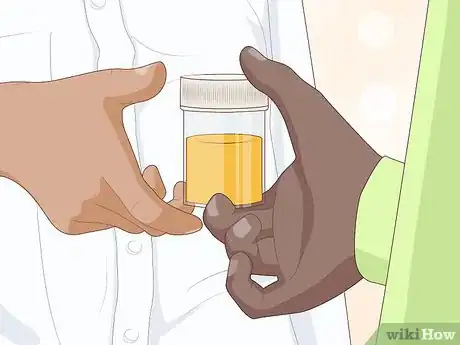



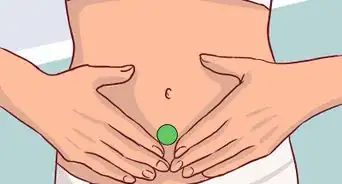



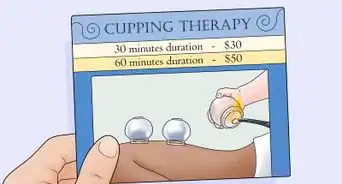














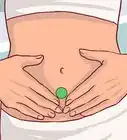




































Medical Disclaimer
The content of this article is not intended to be a substitute for professional medical advice, examination, diagnosis, or treatment. You should always contact your doctor or other qualified healthcare professional before starting, changing, or stopping any kind of health treatment.
Read More...